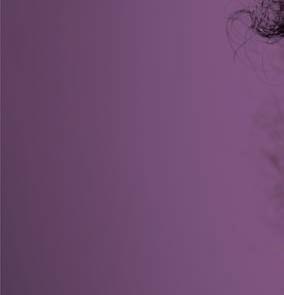
9 minute read
Stereotypes
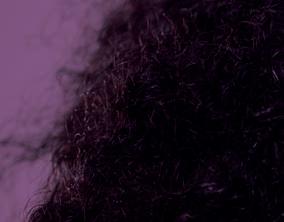

Advertisement
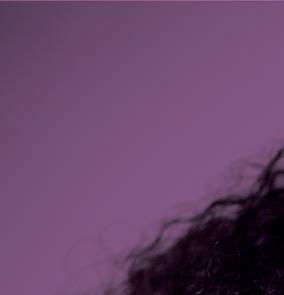
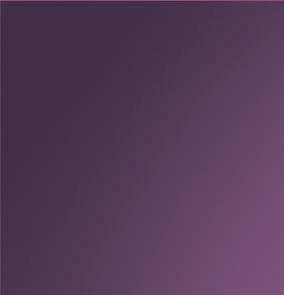
Female barbers, male nail technicians, and transgender and non-binary people are overturning traditional gender roles, helping to ensure the best person for the job.
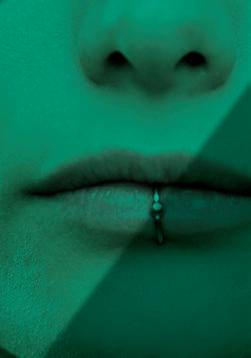

WORDS GEORGINA WINTERSGILL
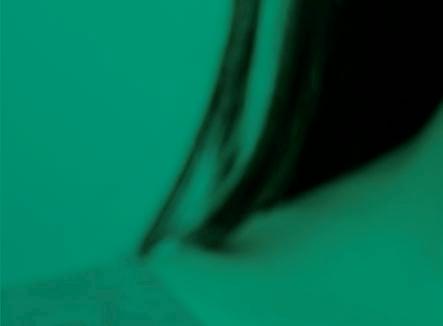
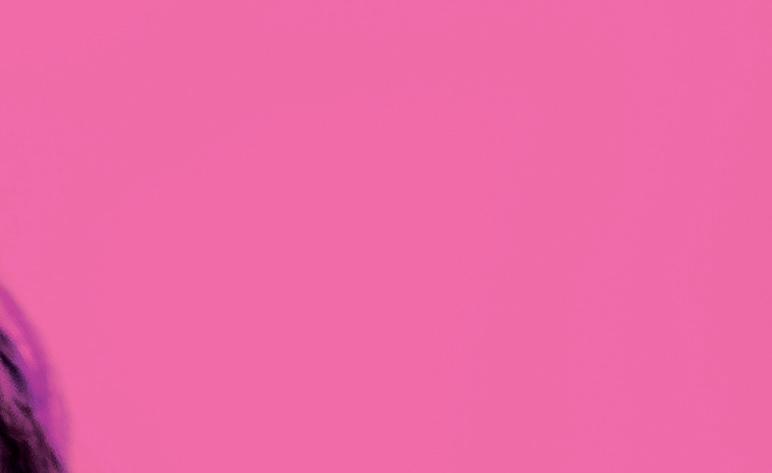



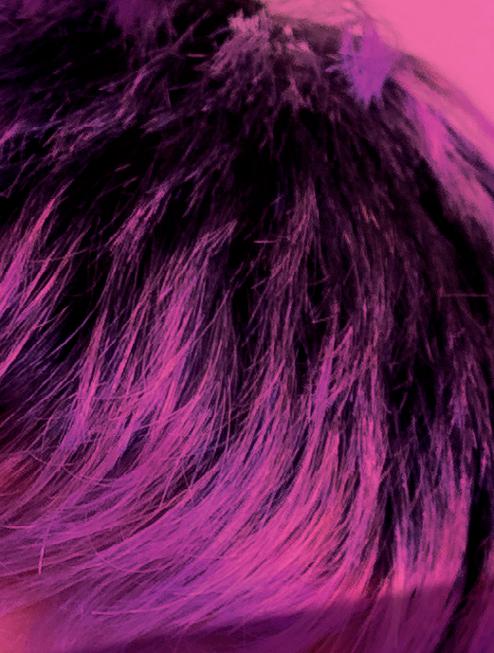

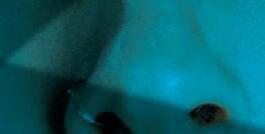
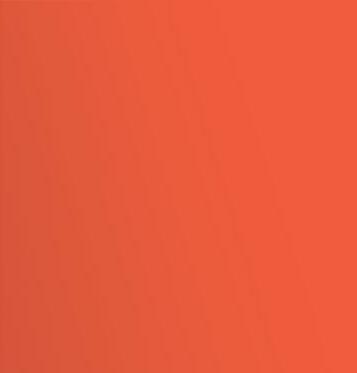
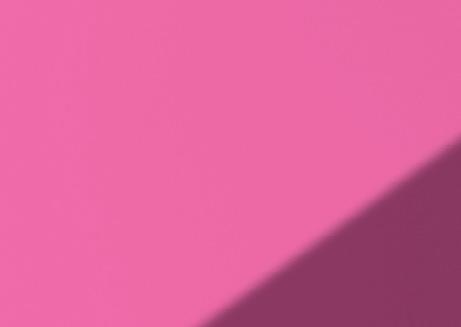

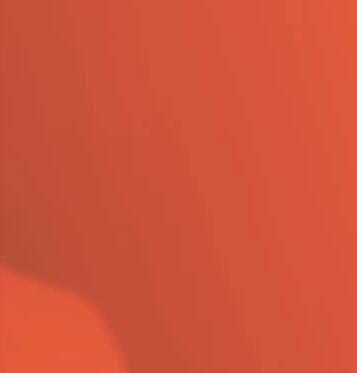





For a sector that’s so wonderfully trend-led, the hair and beauty industry can be surprisingly traditional in terms of gender roles. Why is it that so many people assume barbers are male, and beauty therapists and nail technicians are female?
Years of tradition mean these stereotypes still linger. And we’re less likely to train for a career if we don’t see people like us working in it. In the same way, clients are less likely to expect female barbers or male beauty therapists if they don’t often see them.
And despite the increased visibility of transgender and nonbinary people in society, it’s still commonplace for barbershops and salons to have gendered price lists and services. It means they’re not always welcoming places to those who don’t conform to gender binaries – staff or clients. But times are changing, and there are increasing numbers of female barbers, males in nail salons, gender-neutral salons and transgender and non-binary people out and proud at work.
Helping to educate
Brandon Lang, manager of L1 Nails in Liverpool and one of the stars of BBC Th ree show Nail Bar Boys, says he sometimes gets negative comments from other men. ‘Some men fi nd it strange that I do nails and that I’m in the beauty industry. Some don’t understand, some can’t grasp it and some think it’s funny. But the majority of women know there are males in the nail industry.’
Nicolae Ghita, a make-up artist and hairdresser working at the Blue Mango Salon in south-east London, has noticed a diff erent stereotype. ‘Back home in Bucharest there’s this expectation that men usually become the best hairdressers, best chefs and best designers.’ He says he’s noticed the same preconception in the UK. ‘Clients would tell me that men are the best this or the best that. Obviously it’s a stereotype and I always shut it down.’
TOP TIPS HOW TO SUCCEED WHEN YOU’RE BREAKING THE MOULD
KERI BLUE, BARBER
BRANDON LANG, NAIL SALON MANAGER ‘Be really good at what you do – that breaks down any stereotypes that people might have. If you love what you do, you’ll want to put your best into it and will be successful. People will love and appreciate your work and no one will bat an eyelid at the fact you challenge a few “norms”.’
NICOLAE GHITA, HAIRDRESSER AND MAKE-UP ARTIST
SOPH COLLINS, BARBER
Creating visibility
Brandon says the number of men in the nail industry has grown in recent years, particularly among certain ethnic groups (the Nail Bar Boys, six male nail technicians, are second generation British-Vietnamese).

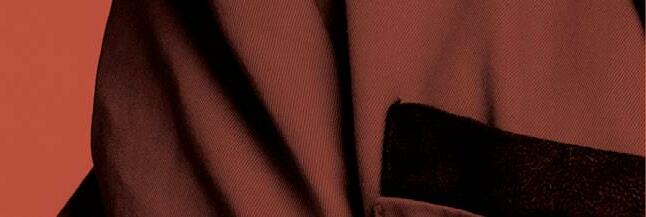
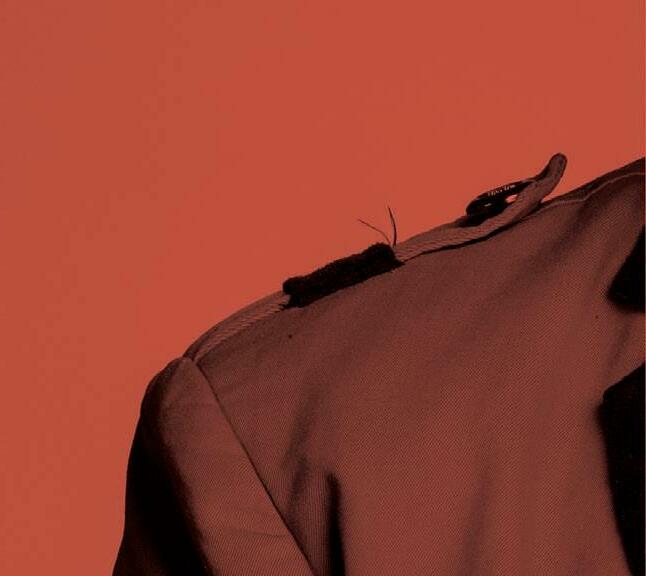


TRANSFRIENDLY PLEDGE SHOWING COMMITMENT
Marike Dette, owner of the Blue Mango Salon in south-east London, is proud to have a gender-neutral salon and has signed a series of commitments to welcome the non-binary and transgender community. She says signing the TransFriendly Pledge involved half a day’s online training and has led to a lot of new clients from the LGBTQ+ community. ‘We’ve had more and more recommendations and met so many cool and interesting people,’ she says. ‘The fi rst thing people say to us when they come here is, “You guys are so friendly, thank you for making me feel so comfortable.” I’m always in shock that they don’t feel they get that in other places. For us, skin is skin, we see no gender.’’

‘I’ve been in the nail industry for 11 or 12 years,’ he says, ‘and there are a lot more males now, particularly in the ethnic minority salons. My cousins, who founded L1 Nails, started males in the nail industry when they set up their salons in England 20 years ago. It was purely a business opportunity but it made it more normal for males to be in the beauty industry.’
Th e number of female barbers in the industry has also grown dramatically in the last few years. Soph Collins, owner of Soph’s Barbershop in Gwynedd, North Wales, won the regional award for Best Wet Shaving Barber (Wales) in 2017 and 2018, and was the fi rst woman to get to the overall fi nal of Britain’s Best Shave in 2019. She says she was bowled over by the response she got from other women.
‘At the time I didn’t know many female barbers, and the amount of women who approached me afterwards on Instagram and Facebook amazed me. Even though I didn’t win, it felt like I’d helped other female barbers give themselves more belief and encouragement to get out there and do it themselves.’
Leading the change
Th e right working environment can help encourage women into the industry, too. Barber Siobhan Moriarty-Jones was initially drawn to barbering as she felt it had a more alternative, rebellious vibe than hairdressing, which suited her personality. But she was less keen on the ‘really masculine’ environment of typical high-street barbers, and opened her own shop, Cavalier Club Barber Shop in Bedford, to create a diff erent vibe. She says: ‘I wanted to shake off that male ego feeling that you often get when you go into a barbershop. Our shop has never attracted that.’
Keri Blue, of Common Space Barbers in west London, describes what pushed them to train as a barber. ‘About 10 years ago I was refused a haircut at a barbershop for being female [Keri now identifi es as queer nonbinary]. At the time I didn’t feel comfortable being female. I was on the journey towards transitioning and I thought my haircut could help me with that. When I was
of people working in the industry are female, and 13%
are male
7%
of nail technicians in the UK are male
16%
of nail and beauty business managers in the UK are male
24%
of UK barbers are female


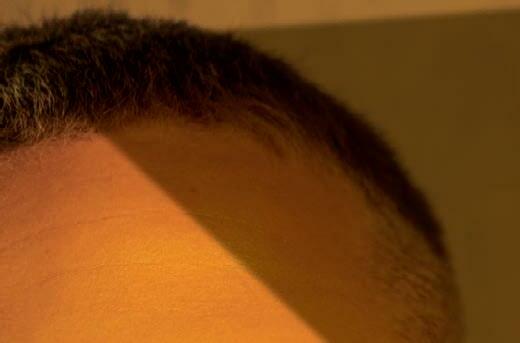








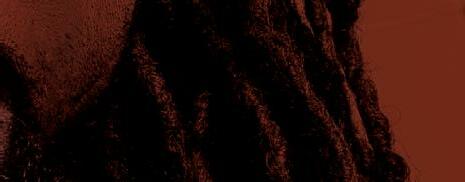



refused service I felt really dysphoric, embarrassed and distressed. Th at’s when I decided to train to be a barber.’
Keri also faced their own challenges working as a barber. ‘In a lot of barbershops I’ve asked to use my pronouns and they’ve disrespected and disregarded it. Th ey say, “Our clients won’t understand, just leave it how it is.” I’ve had to take myself off to a queer environment because of that.’
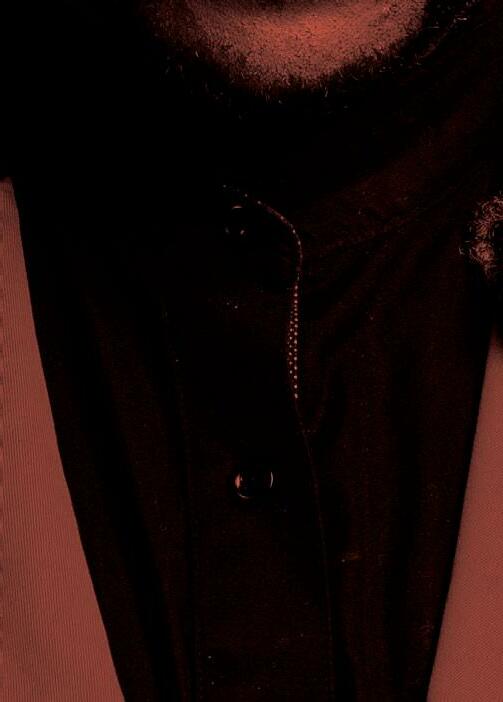
Hair has no gender
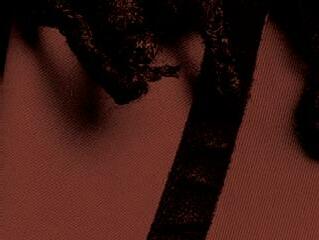
Keri’s experiences led to them to set up educational platform and consultancy service Hair Has No Gender (HHNG) in 2020 ‘to stop discrimination from happening and educate the hair industry’. Pre-HHNG, Keri ‘did a questionnaire for the LGBTQ+ community and asked if they’d feel comfortable going into a salon that wasn’t openly LGBTQ+ aware, and 97% said no.’
Th e increased visibility of LGBTQ+ people may be contributing to the growing number of gender-neutral salons. ‘In 2020 there were only three London salons that said they were gender neutral,’ reveals Keri, ‘but now there are a lot, and I like to think I’ve got something to do with that. I’m proud to be a non-binary queer barber now, whereas two or three years ago I wouldn’t tell anyone, I would just put my head down and get on with it. RESOURCES Hair Has No Gender by Keri Blue: hairhasnogender.co.uk See page 48 for tips on how to make your business gender-inclusive The TransFriendly Pledge:
transfriend.ly/the-pledge












